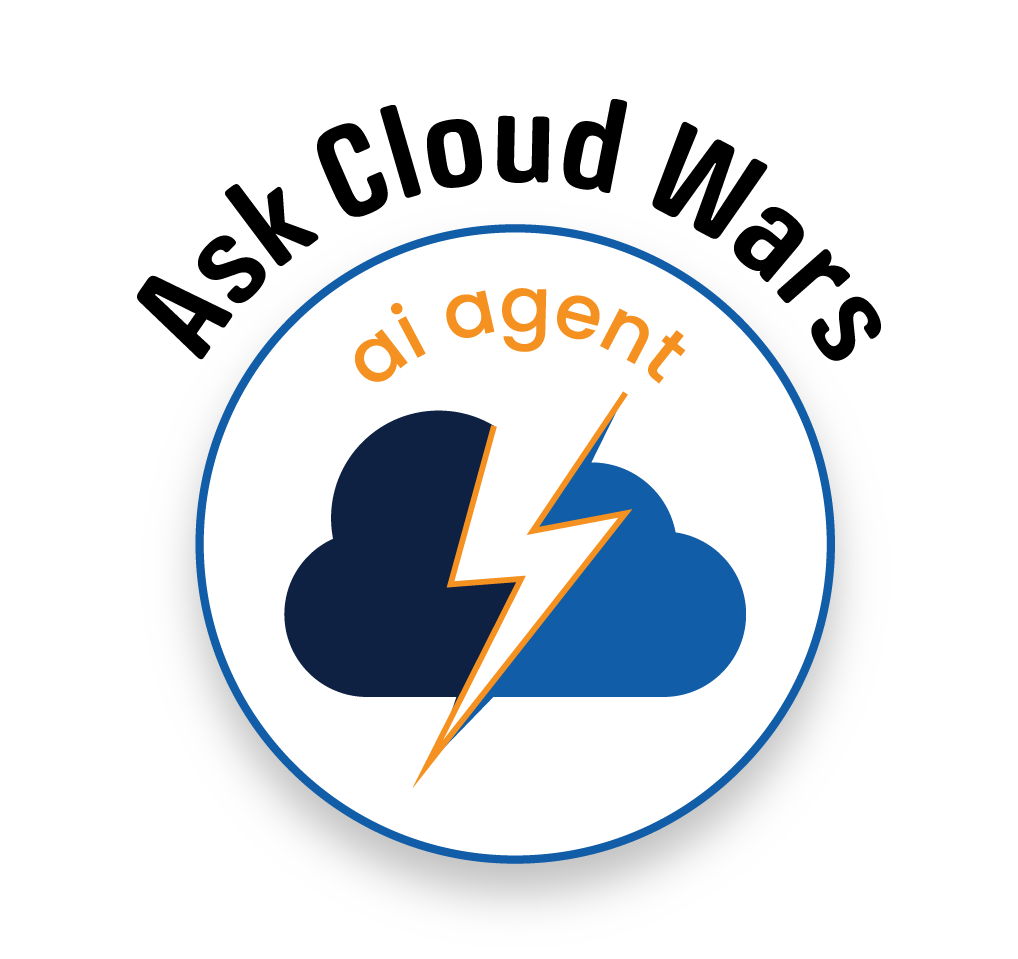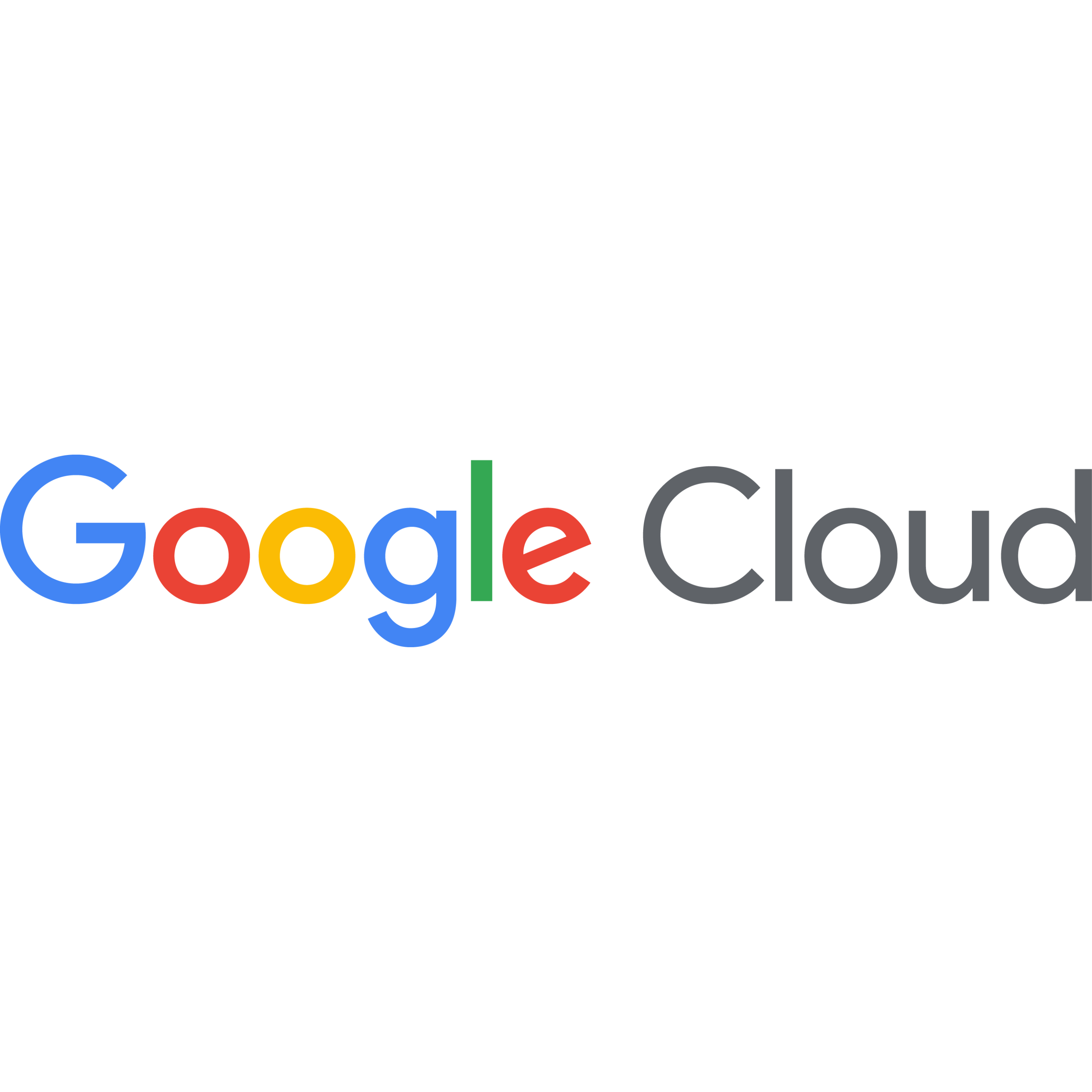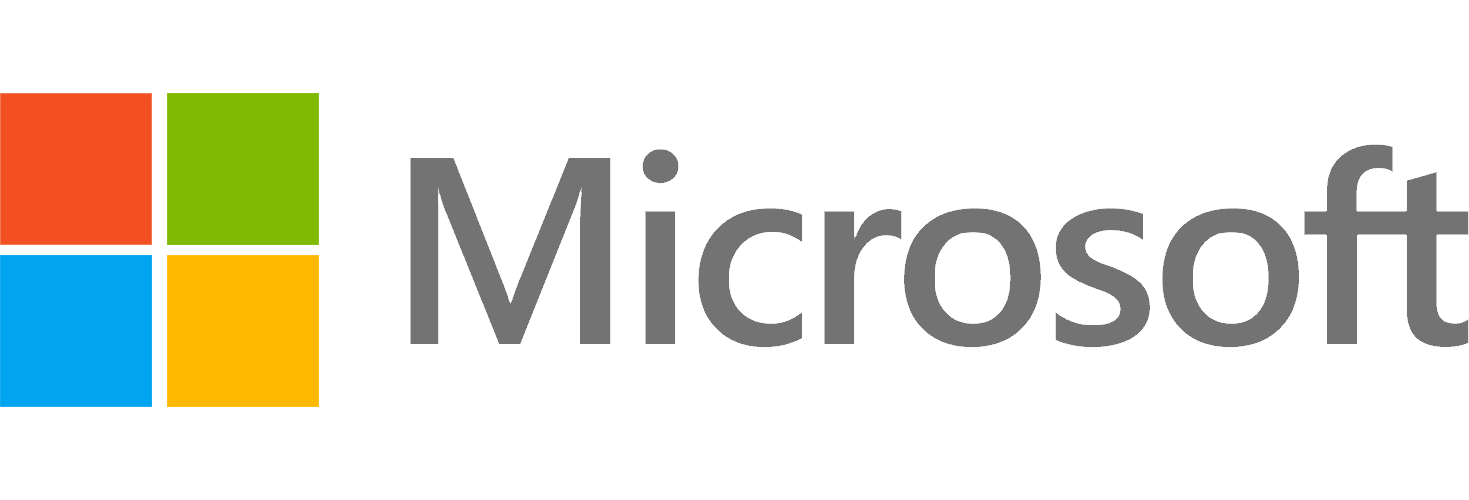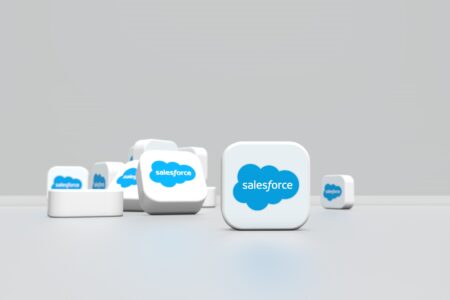
The long-promised migration of businesses migrating their Oracle databases to the cloud has begun to accelerate as Oracle’s landmark deals with Microsoft, Google, and AWS clouds boosted fiscal-Q2 revenue for cloud-database services by 28% to $550 million.
Over the past few years, while Oracle CEO Safra Catz and Chairman Larry Ellison have frequently forecast this imminent move by large and midsized businesses currently running on-prem versions of the Oracle database, they have also emphasized the nontrivial nature of such migrations and indicated it would take some time to unfold.
But based on comments from both Catz and Ellison in this week’s fiscal-Q2 earnings call, I think it’s reasonable to say that time has come. I’d cite four primary reasons for this development:
- Oracle Cloud is walking the walk. Business customers have pragmatically insisted that before making the leap into the cloud with their mission-critical databases, Oracle must first demonstrate that its overall cloud business — not just its cloud-database offerings — is world-class and extremely reliable. With a fast-growing cloud business expected to hit $25 billion in revenue for Oracle’s fiscal year ending May 31, and with many of the world’s largest and most-demanding corporations having signed on to the Oracle cloud, the company has met that challenge.
- Enlisting Microsoft, Google Cloud, and AWS as partners. With the Oracle Database now available through the other cloud hyperscalers, customers now have a much simpler, faster, and less-expensive path to Oracle database services than ever before. Both Catz and Ellison called this out on the earnings call, and I would add that while the results of those partnerships seems fairly normal by now, just 18 months ago most people would have felt it was utterly inconceivable that those three other hyperscalers — all of which make and market their own databases — would agree to allow customers to buy, use, and manage the Oracle Database through those other clouds.
- The AI Phenomenon. The company’s newest version, Oracle Database 23ai, is purpose-built for the AI revolution and will help assure business leaders that Oracle’s dominant position in enterprise databases will fully extend into the dynamic new world of AI requirements and capabilities.
- The multi-cloud model is a boon for customers. “We expect the cloud database revenues collectively will be the third leg of revenue growth alongside OCI and strategic SaaS,” Catz said on the call, noting Oracle now has 17 regions in which its databases are available to customers via either Microsoft, Google Cloud, or AWS. That number, she said, is expected to double within a very short time.
Customer demand for those multi-cloud offerings via the other hyperscalers is booming, Catz said, with a run rate that’s already exceeded $100 million and that she expects will scale to “hundreds of millions” by the company’s May 31 fiscal year-end.

AI Agent & Copilot Summit is an AI-first event to define opportunities, impact, and outcomes with Microsoft Copilot and agents. Building on its 2025 success, the 2026 event takes place March 17-19 in San Diego. Get more details.
Part of that steep growth, Catz said, is due to Oracle’s wide range of deployment options for customers. Two of those options — Alloy, which allows customers to become cloud providers, and Cloud@Customer — have become very popular among customers.
“We have an enormous pipeline of customers who want to bring their databases to the cloud,” Catz said, “but a number of them want to do it in their own Dedicated Regions that are just their own for either regulatory or sovereignty reasons. Again, that’s an offering that only we have, and none of our competitors has.”
Ellison was even more bullish these multi-cloud partnerships will have on Oracle’s cloud database business.
“Microsoft is the only partner where the contract is more than a year old — Google is much more recent and AWS even more recent than Google, so we’re at the very beginning of multi-cloud,” Ellison said.
“It will be a multibillion-dollar business and it will be a combination of, uh, AWS and Google and Azure plus all of these Cloud@Customer dedicated regions. We’re going to have hundreds of those regions — the demand is huge from large banks and telecommunication companies building half a dozen or so data centers. They want us to build a half a dozen data centers — sometimes more —inside their own dedicated facilities,” Ellison said.
“And it clearly is going to be a very large, rapidly growing multibillion-dollar business for us.”
Ask Cloud Wars AI Agent about this analysis
.













